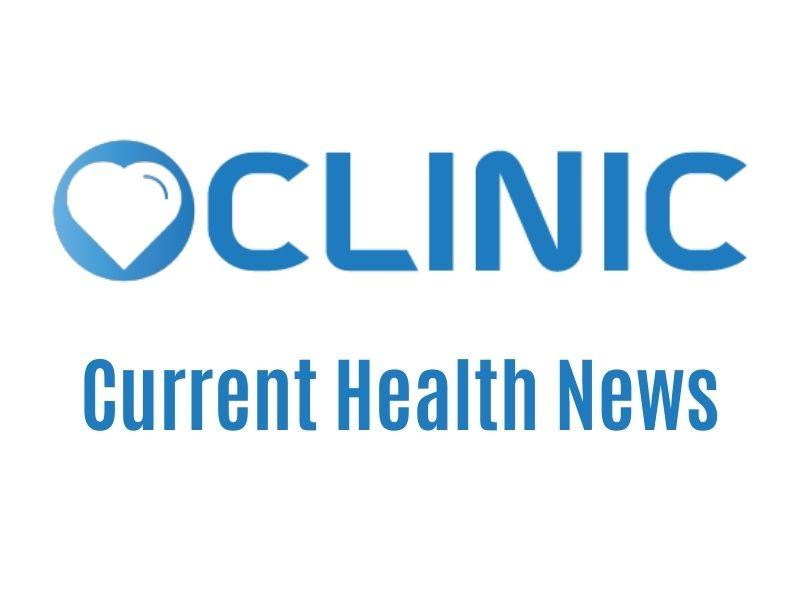Dear readers, in this week’s article, I will talk about fractional laser applications, one of the skin rejuvenation methods.
Fractional laser applications have been used for many years in the treatment of skin color irregularities, wrinkles, skin cracks and scars. It is possible to classify fractional lasers as peeling (ablative) and non-peeling (non-ablative). While the rays used in peeling (ablative) fractional lasers completely vaporize a certain layer of the skin and eliminate it, non-peeling (non-ablative) lasers create controlled heat damage to the skin. In both cases, a healing process will begin in the skin, excess pigment that causes color irregularities will be removed from the skin, and a more vivid and bright appearance will be obtained with the increase in the production of connective tissue elements. With fractional laser application, it is aimed to increase the volume of the skin, tighten at a certain level, decrease in wrinkles, improve the signs of sun damage, decrease the prominence of postpartum and excessive weight gain cracks, surgical incision scars and acne scars.
Before fractional lasers, peeling lasers were used for the same medical conditions to peel the skin as a whole up to a certain layer. Although this practice was quite effective, the healing process could take weeks. In addition, the probability of infection, stain and scar formation due to laser application was quite high. With the advancement of technology, fractional laser devices that can produce the laser beam not as a whole but as a group beam parallel to each other have been developed. While these beams cause controlled damage to the tissue on the path they travel on the skin, the intact tissue in between shortens the wound healing time considerably. Today, with fractional peel (ablative) laser devices, it has become possible to achieve the desired results even in a single application, despite the possibility of relatively less side effects. Fractional non-peeling (non-ablative) laser applications have become the safest option in cases where a short return to daily life, such as a few days, is required despite the need for repetitive applications.
Local anesthetic creams and cold application during and after the procedure are often sufficient for pain control in fractional laser applications. Microscopic channels formed in the skin in peeling (ablative) fractional laser applications allow the direct absorption of reparative products and growth factors, especially PRP, applied to the skin after the application. In non-peeling (non-ablative) fractional laser applications, it has been shown that skin permeability increases in a way that allows drug absorption, even if the skin integrity is not structurally impaired. Thus, the concept of laser assisted drug delivery was born and it became possible to both shorten the wound healing process and increase the effect to be obtained with the laser.
After fractional laser applications, wound care or reparative-moisturizing care and strict sun protection are recommended at varying times depending on the technology used. There are many laser devices on the market that use different technologies, and you should contact your Dermatology or Aesthetic and Plastic Surgery specialist to decide which application will be suitable for the current medical conditions and to manage the undesired results that may occur after the application.
I wish you healthy days.

